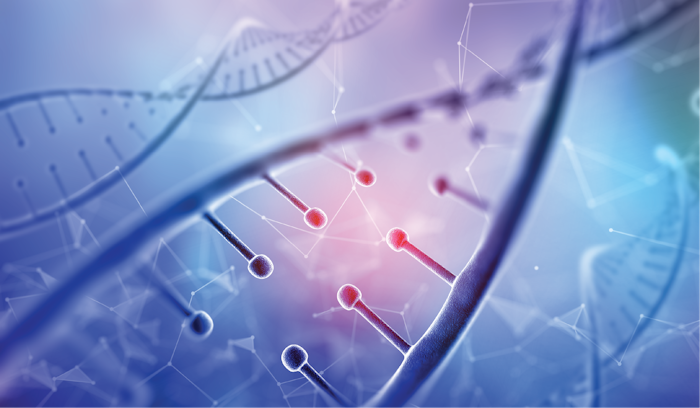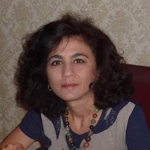Exploring the Possible Role of Mutations in MTOR pathway Genes in the Pathogenesis of DNET tumors
Email Principal Investigator

Anna Maria Buccoliero
CBTN Specimen
CBTN Participants
CBTN Samples
Backer
Institutional Funds
About this
Project
Recent tissue-based research suggests that overactivation of the mTOR pathway, central to the regulation of metabolism, growth, proliferation, and survival, could be a driver in the development of various diseases and malformations in children including DNET tumors. Using samples from the CBTN BioBank, researchers will conduct studies into the hyperactivation of the mTOR pathway and its role in the development of DNETs.
Ask The
Scientists
What are the goals of this project?
The goals of this project are to test the role of mutations in genes of the mTOR pathway, that cause a hyperactive constant signal instructing cells to grow and divide which may lead to the origin and growth of DNET. A clearer understanding of this connection could guide the use of new therapies including, for example, those based on disruption of the mTOR pathway.
What is the impact of this project?
Research into genetic mutations of the mTOR pathway could eventually lead to more targeted therapies, particularly in patients whose tumors were not fully removed or for those that experience seizures after surgery.
Why is the CBTN request important to this project?
Researchers will use samples provided by CBTN to analyze and investigate the role of genetic mutations in the origin and growth of DNETs. Other studies have asked these questions of other tumor types however, this will be the first of such comprehensive studies done in DNET samples.
Specimen Data
Researchers will use samples provided by CBTN to analyze and investigate the role of genetic mutations in the origin and growth of DNET tumors. Other studies have asked these questions of other tumor types, however this will be the first of such comprehensive studies done in DNET samples. The Children's Brain Tumor Network contributed to this project by providing DNA and RNA samples.
Meet The
Team
Other team members:
Renzo Guerrini
Lorenzo Genitori
Valentina Cetica




